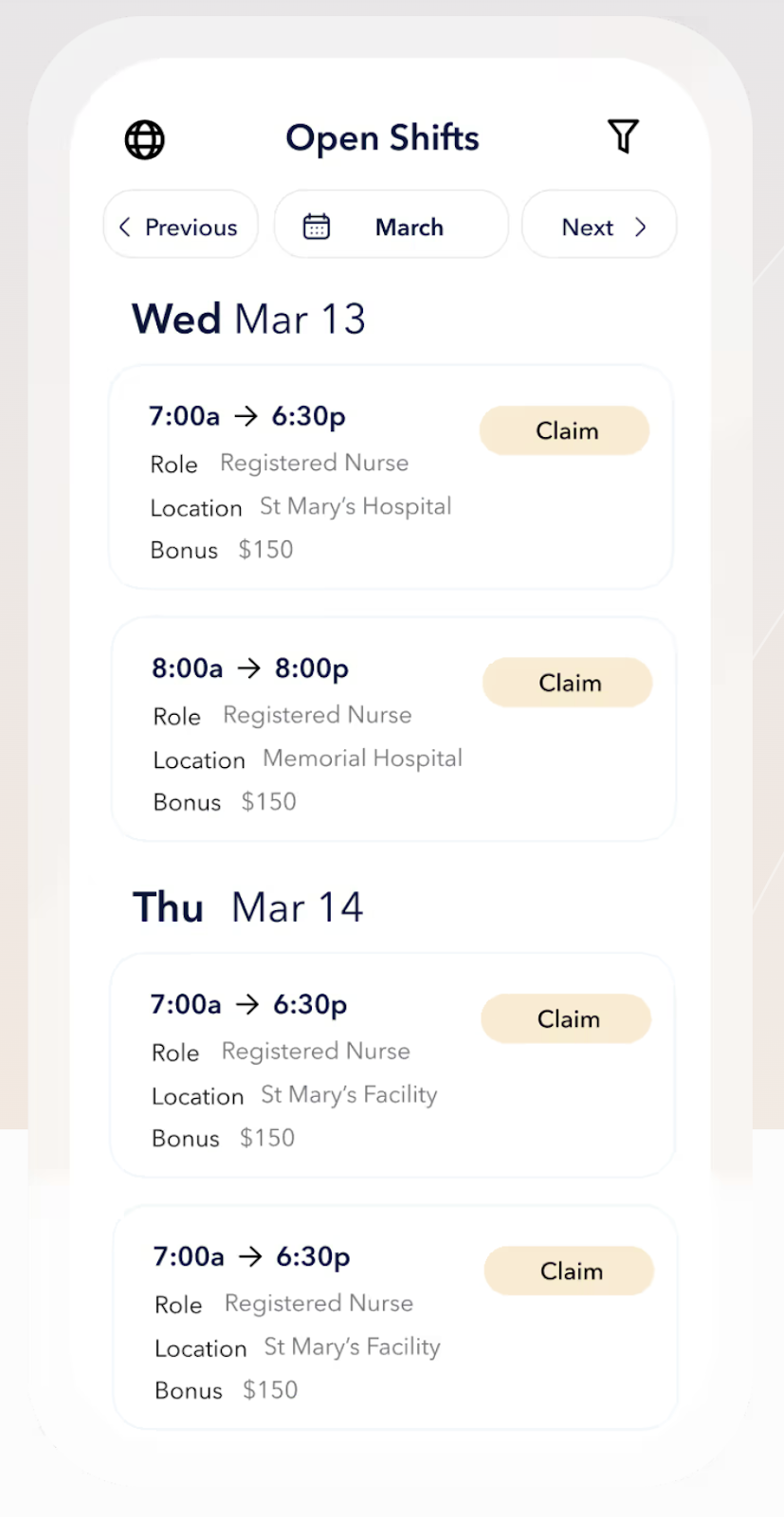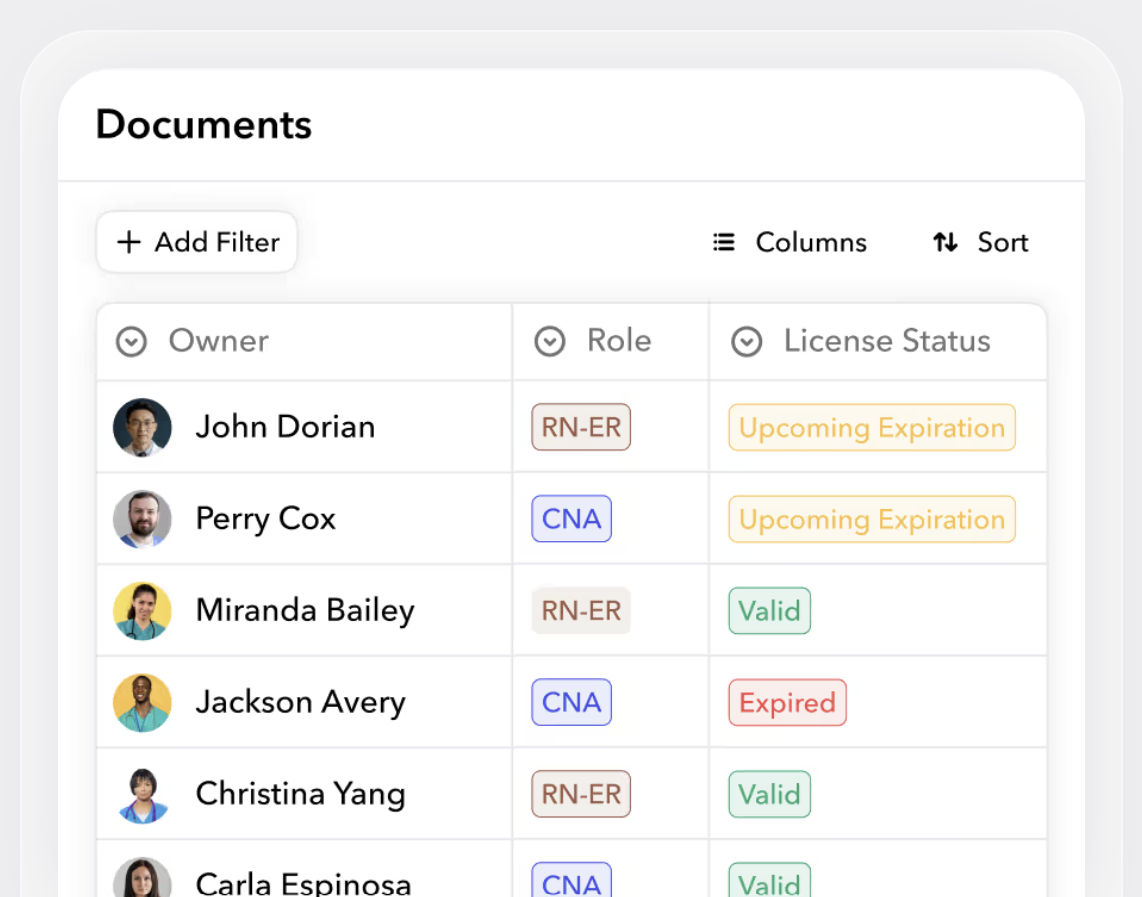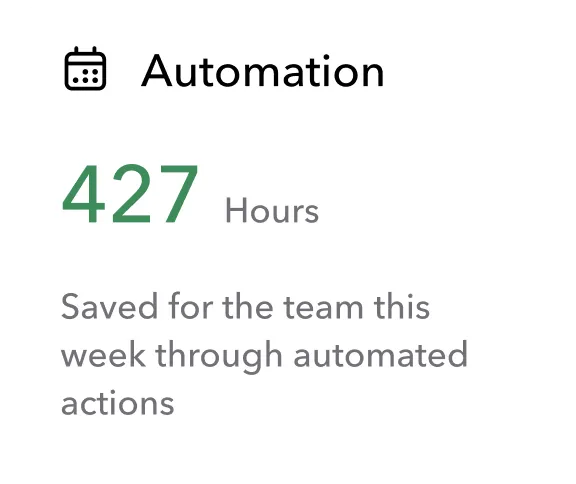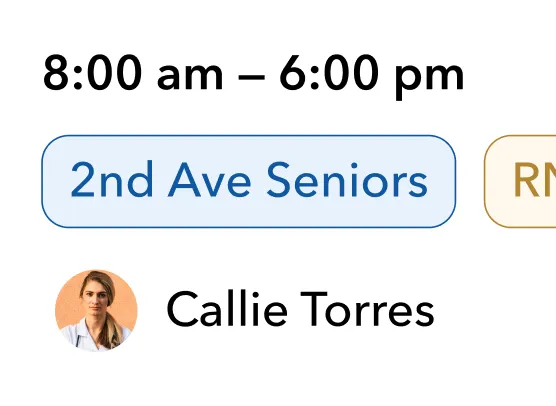While some employees enjoy the benefits of heading home around 5 p.m. on weekdays, those who work for organizations like hospitals, manufacturing plants, and security companies don’t have the luxury of “logging off” for the day. This demand for 24/7 operations is accelerating across industries, driven by global customers and the expectations of an always-connected world.
As these operational expectations increase, traditional 9-to-5 scheduling models simply can't keep up. Yet transitioning to a 24-hour shift schedule can make it difficult to maintain compliance with labor laws, support employee well-being, and manage last-minute changes.
Implementing round-the-clock coverage effectively requires more than a calendar and a spreadsheet. It’s critical to understand the different shift patterns you can try, the challenges they bring, and how modern tools can reduce complexity.
Understanding 24-hour shift schedules
Staffing a workforce 24/7 means strategically organizing work hours to cover every minute of every day of the week. These 24-hour schedules are common in call centers, emergency services, law enforcement, and public safety.
To efficiently schedule staff 24 hours a day, organizations often choose between fixed and rotating shift schedules.
Fixed vs. rotating shifts
Fixed shifts keep staff on working the same time slot consistently, such as always working the night shift. This can offer predictability for team members, enabling them to create and maintain routines. However, it can also lead to burnout or health issues over time, especially for those working consecutive night shifts.
Rotating shifts, on the other hand, cycle workers through different time blocks over a set schedule. This means a team member may work both day shifts and night shifts in the same week. While shift rotation can be fairer from a scheduling perspective, it can be more complex to manage and harder for workers to adjust to. This lack of consistency in team members’ sleep schedules can also lead to health problems in the long run.
Common employee scheduling models
Different shift-scheduling models have evolved to meet unique operational needs. A few widely used frameworks include:
- Pitman schedule: This model, also known as the 2-2-3 model, is a two-week rotating schedule where employees work 12-hour shifts. During the first week, team members work two days on, two days off, and then three days on. The schedule is reversed for the second week, so staff have two days off, work two days on, and then have three consecutive days off. It’s typically used in healthcare, manufacturing, and security.

- DuPont schedule: This rotating schedule uses 12-hour shifts across a four-week cycle, providing a mix of workdays and rest periods. It balances work and downtime, but can be tough to track manually.
A common example looks like this:
Week 1: 4 night shifts, then 3 days off
Week 2: 3 day shifts, 1 day off, then 3 night shifts
Week 3: 3 days off, then 4 day shifts
Week 4: 7 days off (extended break)
- 4 on, 4 off shift pattern: This schedule involves working four 12-hour consecutive shifts followed by four days off. It provides a simple structure but limits flexibility.
These systems—and many hybrid variations—aim to cover all hours efficiently while keeping worker health in mind. But no single model fits all situations. The right solution depends on your workforce size, industry regulations, staff preferences, and the tools you have to manage scheduling complexity.
24-hour shift schedules: Top implementation challenges
Creating a 24-hour scheduling system requires balancing operational goals with employee needs and legal requirements, all in real time. These days, you can offload much of this manual workload to automated scheduling software, like Teambridge. For example, you can receive automatic assignment suggestions based on eligibility while enforcing rules that govern your schedules. You can also let staff claim their desired shifts.
If you don’t have an automated system, you can quickly run into challenges like these:
Operational complexity
Maintaining seamless 24/7 coverage means staffing every shift without overlap or gaps. Coordinating handoffs, accommodating time-off requests, and tracking hours accurately is critical, as a single error can lead to undercoverage, safety issues, and compliance violations.
Staffing unpredictability
When a staff member calls out sick, shows up late, or needs to swap a shift, the domino effect can be massive. Manual processes make it nearly impossible to adjust schedules quickly without mistakes or miscommunication, especially in fast-moving environments like nursing or call centers.
Administrative burden
Managing shift patterns manually is time-consuming and can result in errors. Multiple people editing spreadsheets or emailing updates can create version control issues, wasting hours that could be better spent on strategic staffing and employee development.
Supporting employee well-being with a 24-hour schedule
One of the biggest risks of 24-hour operations is burnout. Fatigue, disrupted sleep cycles, and poor work-life balance are common among shift workers.
Shift work can also have long-term effects on a person’s health. Varying schedules—especially night work—interfere with the body’s circadian rhythm, which regulates physical and behavioral processes that follow its internal clock. This can leave workers vulnerable to chronic health conditions like cardiovascular disease, mental health disorders, obesity, Type 2 diabetes, and sleep disorders, according to UCLA Health.
A review published in Advances in Nutrition found that those who work rotating shifts are also more likely to have different dietary patterns than day workers, eating more frequent meals, snacking more at night, and eating fewer healthy foods.
For staffing agencies, employee well-being isn’t just a moral imperative—it’s essential to performance, retention, and risk management. Here are a few practical ways you can support your workers’ health.
Comply with rest mandates
Labor laws often mandate rest periods between shifts, and for good reason. These breaks give staff members a moment to slow down, eat a meal, or enjoy some time alone. They provide an opportunity to recharge, which is especially important in demanding fields like healthcare.

If you hire workers in multiple states, staying on top of varying labor laws manually can be challenging. Shift scheduling software like Teambridge can automate compliance by sending alerts that ensure you enforce rest periods for legal and health reasons.
Design smart shift patterns
Data-driven insights help you avoid high-risk patterns, like too many consecutive night shifts or inadequate rest days. By tying in workforce data from tools like Teambridge’s fatigue risk reports, you can build smarter, more sustainable shift rotations that reduce fatigue and improve employee satisfaction.
Support employee mental health
When workers feel their schedules are fair, predictable, and considerate of personal needs, morale improves. Scheduling software offers greater visibility into upcoming shifts, making it easier for employees to plan their lives, swap shifts within policy, and avoid burnout.
You can also use a consumer-grade employee mobile app to give staff more say in their assigned shifts. Letting them set their schedule preferences or choose their desired shifts can help them feel more in control of their work schedule, which can improve balance in their personal lives.

Automate monitoring and alerts
Auto-generated reports that alert managers when intervention is needed can help track scheduling patterns and monitor labor metrics. Watching for burnout risks like who’s consistently working overtime, skipping breaks, or calling out sick more frequently can support both employee wellness and operational resilience.
24-hour shift scheduling software: A practical implementation roadmap
The idea of transitioning to 24-hour shift scheduling software can feel overwhelming, but the potential trade-off is considerable. An automated system can help you reduce labor costs by minimizing overtime and overstaffing, save time by cutting manual processes, and boost staff retention through greater flexibility.
To modernize your approach, consider this step-by-step roadmap for integrating scheduling tools into your workflow.
1. Audit current scheduling processes
Start by assessing your current system to uncover opportunities for improvement. Ask yourself questions like:
- Where are we still using spreadsheets or manual workarounds to solve scheduling problems?
- Where are the gaps, such as missed shifts and workforce compliance issues?
- Which tools would help us better manage our staffing levels and business needs while maintaining continuous coverage and employee preferences?
- Is our data siloed across different scheduling applications? How could a centralized system be helpful?
Understanding your baseline—including what’s working well and what isn’t—is essential before making any changes.
2. Define coverage and rest requirements
Work with stakeholders to clearly define what 24-hour coverage looks like for your operation. For example, consider:
- How many staff members you need per shift
- Whether workers should always work a specific shift, such as the morning shift, or if they should rotate
- How long work shifts should be, such as choosing between 8-hour shifts and 10-hour shifts
- How many shifts staff should work in a row (i.e., do they work two days and then get two days off duty? Is this based on a 4-week cycle?)
- How many breaks staff get per shift and how long those breaks should be
- Who gets weekends off
Being clear and intentional ensures you design a schedule that’s fair, effective, and compliant.
3. Pilot a small team on an automated 24-hour model
Choose a specific team or department to trial your new system. A tool like Teambridge can help you build and deploy a self-service scheduling process where team members can manage their own work schedules. Monitor outcomes like attendance, employee satisfaction, and performance to fine-tune your approach before scaling.
4. Scale gradually and collect feedback
As you expand your use of new scheduling tools, gather feedback from all levels of the organization, including staff and supervisors. Ask them whether their shifts feel manageable, if the software is user-friendly, and whether choosing their own schedules is helpful.
Asking staff for feedback and allowing them to voice their opinions can also make them more willing to adopt changes. Use their input to adjust shift patterns or improve training.
5. Optimize and monitor continuously
Shift scheduling isn’t a set-it-and-forget-it process. With automated scheduling tools like Teambridge, you can continuously optimize schedules based on real-time data, attendance trends, and team member feedback.

You can also build your own schedule views and eligibility rules to help you automatically fill open shifts with the right people, down to their availability and the expiration date on their credentials. You can fill last-minute openings faster and keep clients happy.
Streamline 24-hour shift scheduling with Teambridge
Implementing and managing a 24-hour shift schedule comes with challenges, from ensuring continuous coverage and preventing burnout to handling compliance and last-minute absences. For staffing agencies managing all these demands manually, it’s easy to fall behind.
Fortunately, the right technology can be a game-changer. Teambridge offers a powerful, all-in-one platform designed to simplify 24-hour workforce management. Whether you're covering hospital floors, call center phones, or factory lines, Teambridge automates the heavy lifting with:
- Intelligent scheduling tools that ensure full coverage without gaps
- Real-time attendance tracking to help spot and resolve issues instantly
- Compliance alerts to protect your agency from legal risks
- Fatigue and risk reports that proactively safeguard worker well-being
- Self-service features that empower staff to take charge of their own schedules
The result? Happier staff, fewer errors, stronger compliance, and more time for you to focus on growing your business.
Discover how Teambridge can transform your workforce management with fast and flexible staff scheduling software, or book a demo to see it for yourself.
FAQs about 24-hour shift schedules
What's an 8-hour, 3-team, 24/7 shift pattern?
An 8-hour, 3-team, 24/7 shift pattern splits each work day into three 8-hour shifts—a first, second, and third shift—covered by three rotating teams. Each team typically works five consecutive days followed by two days off. This model ensures continuous coverage with shorter shifts but requires more handoffs and a larger overall staff.
What's a rotating 4-team, 24/7 shift pattern?
A rotating 4-team, 24/7 shift pattern uses four teams cycling through 12-hour day and night shifts over a multi-week schedule. It provides complete round-the-clock coverage with built-in rest days and alternating weekends off, though long shifts and day-night rotation can be physically demanding.




.png)




.png)
.png)
.png)